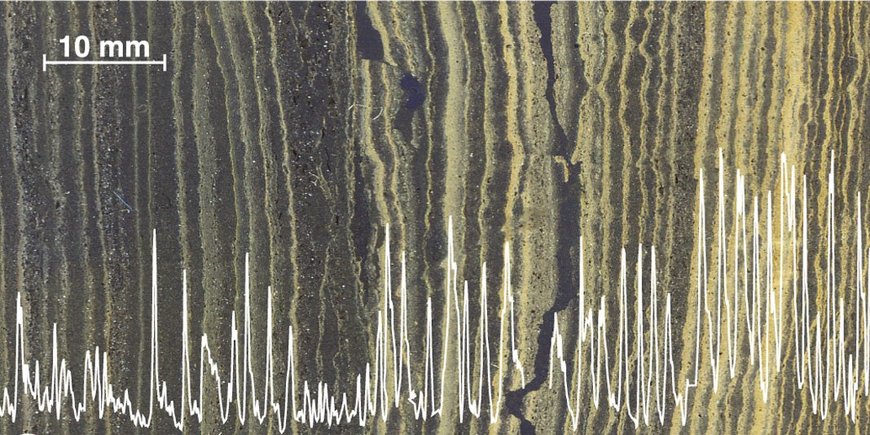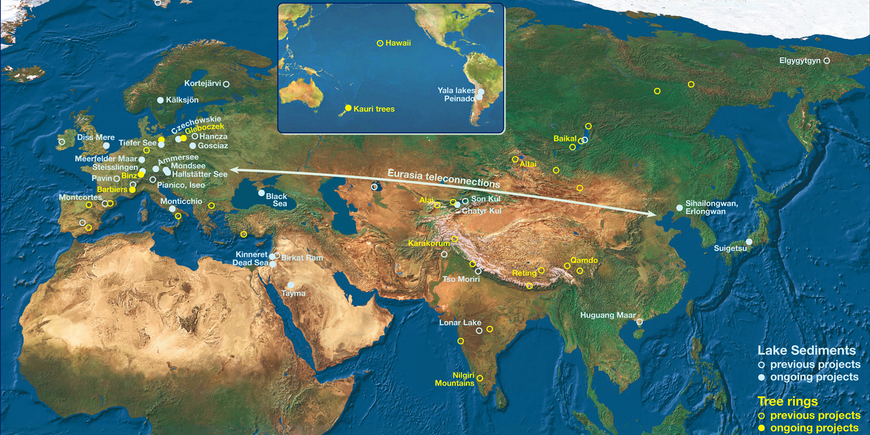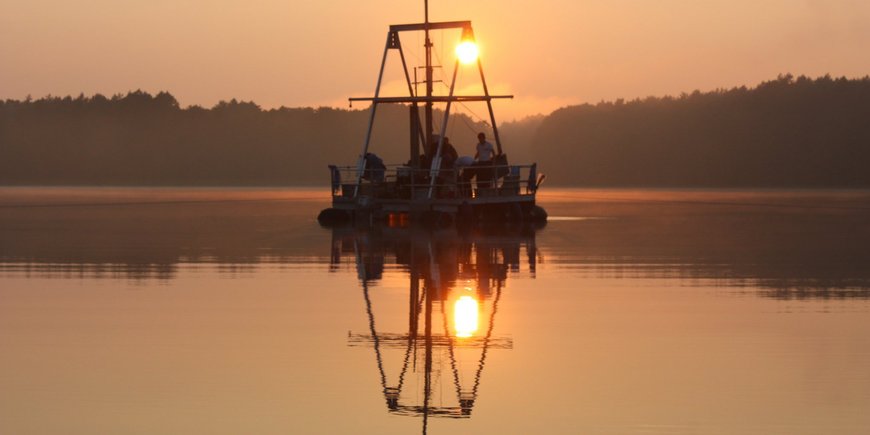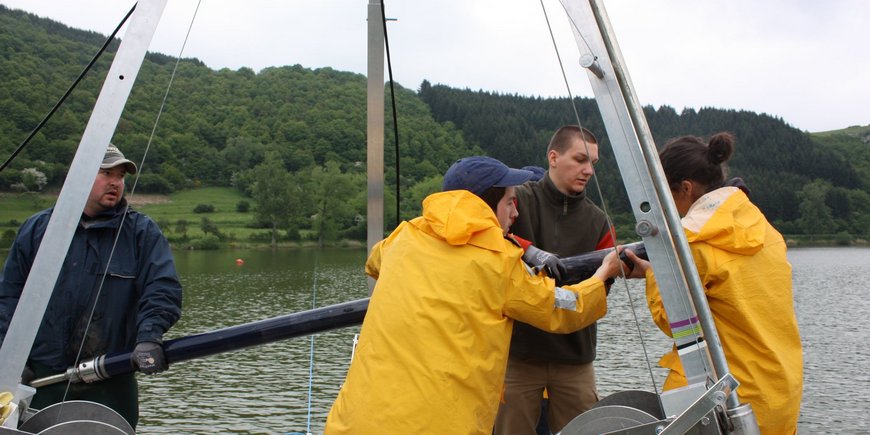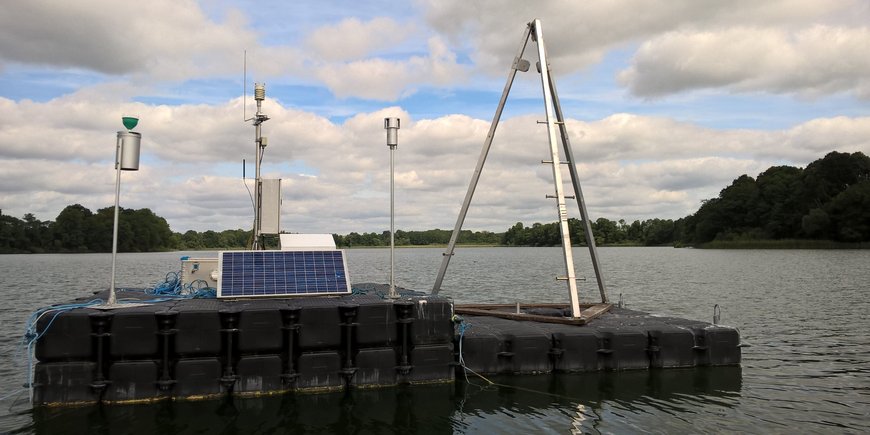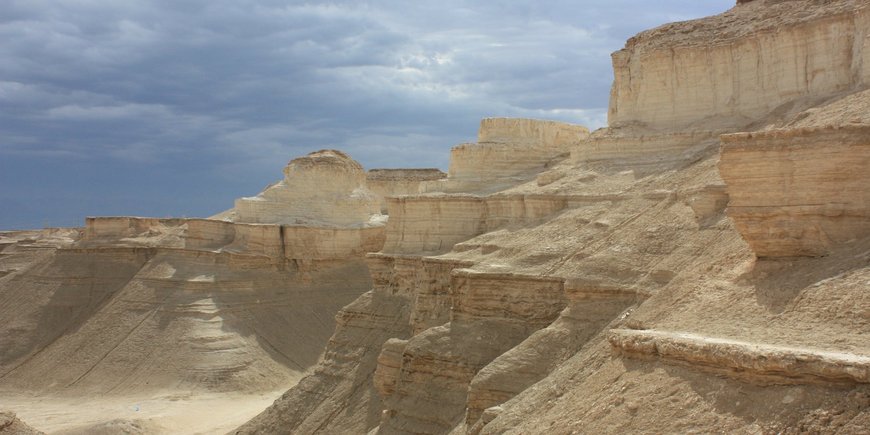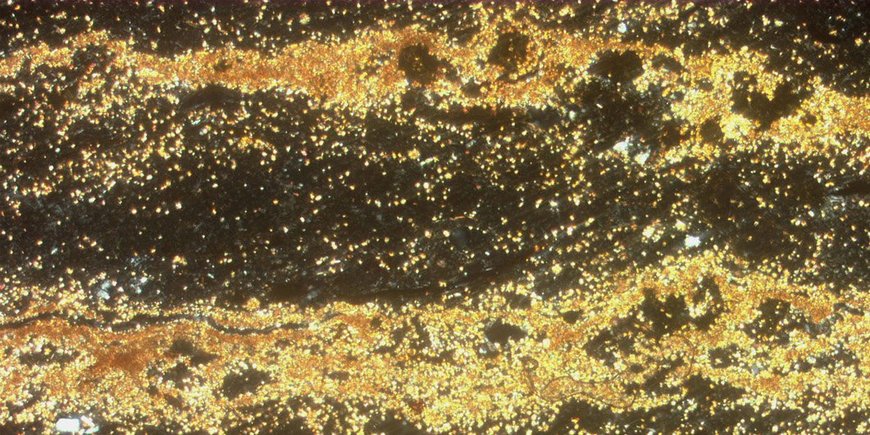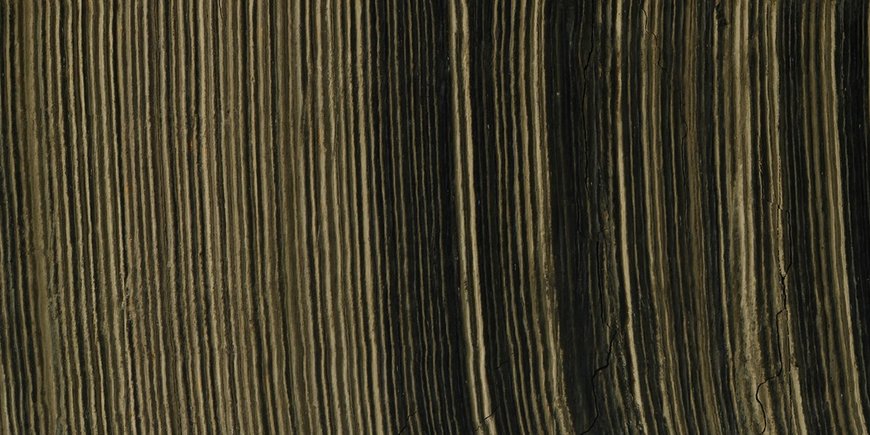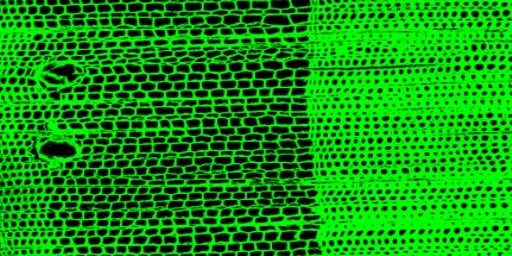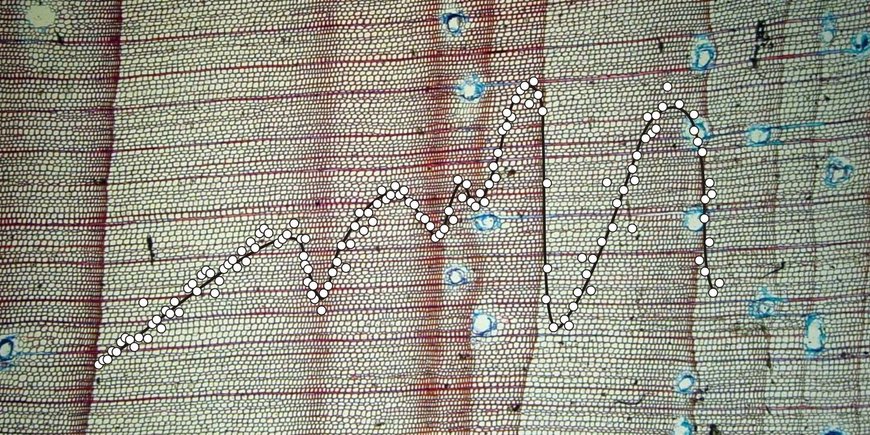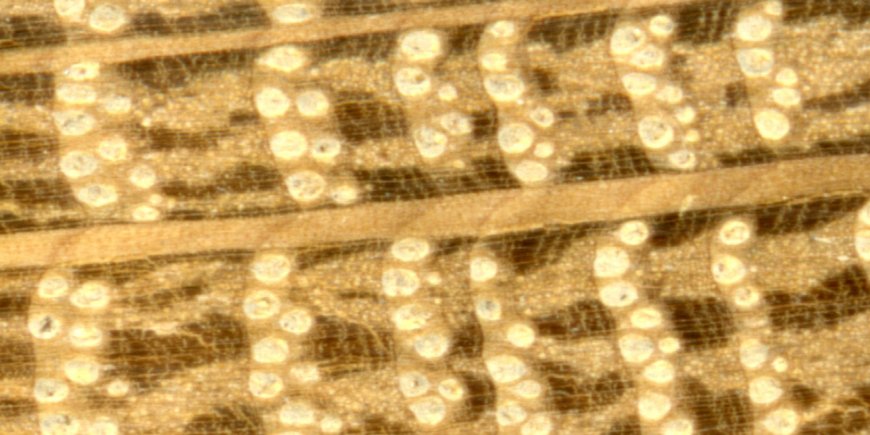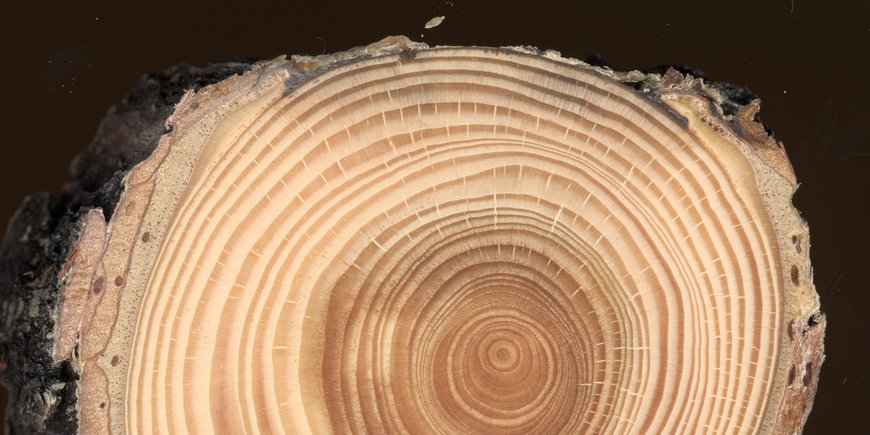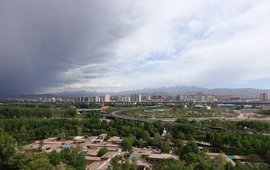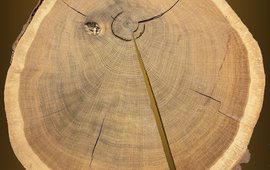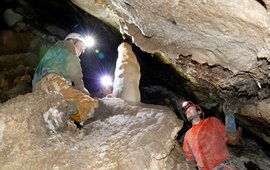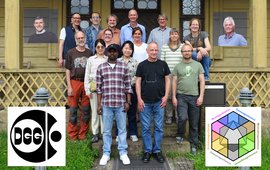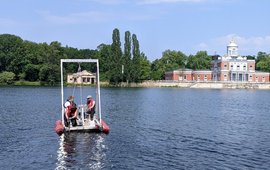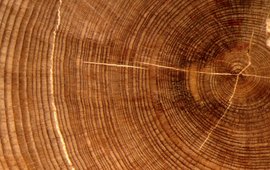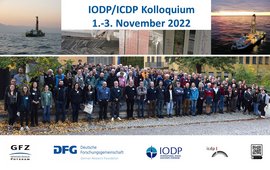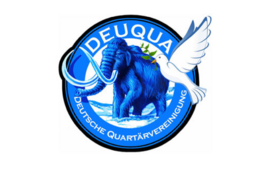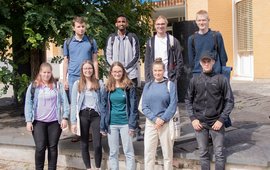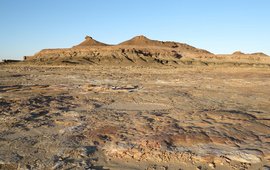Sektion 4.3: Klimadynamik und Landschaftsentwicklung
Wir untersuchen Klimawandel in der geologischen und historischen Vergangenheit und dessen Auswirkungen im unmittelbaren Lebensraum des Menschen sowie Änderungen des Erdmagnetfelds. Ein Schwerpunkt unserer Forschung sind schnelle Klimaänderungen, die sich in wenigen Jahren bis Jahrzehnten ereignet haben. Deshalb arbeiten wir mit zeitlich hochauflösenden terrestrischen Geoarchiven, wie jahresgeschichteten (warvierten) Ablagerungen in Seen und Baumringen. Ein zentraler Teil unserer Arbeit ist die Erstellung präziser Datierungen unserer Geoarchive als Grundvoraussetzung für verlässliche Rekonstruktionen von Änderungen in der Vergangenheit.
Schnelle Klimawechsel in der Vergangenheit sind natürliche Experimente, mit denen wir einen Einblick in die Ursachen und die Dynamik solcher Änderungen bekommen, um damit besser auf zukünftige Entwicklungen vorbereitet zu sein. Dazu nutzen wir Informationen aus der Struktur und chemischen Zusammensetzung von Jahresschichten (Proxidaten), die wir mit Beobachtungen heutiger Prozesse (Monitoring) abgleichen. Unsere Vision ist die Verknüpfung langer Zeitreihen aus unseren Geoarchiven mit instrumentellen Daten, um derzeitige Veränderungen in einen langfristigen Kontext stellen zu können.

